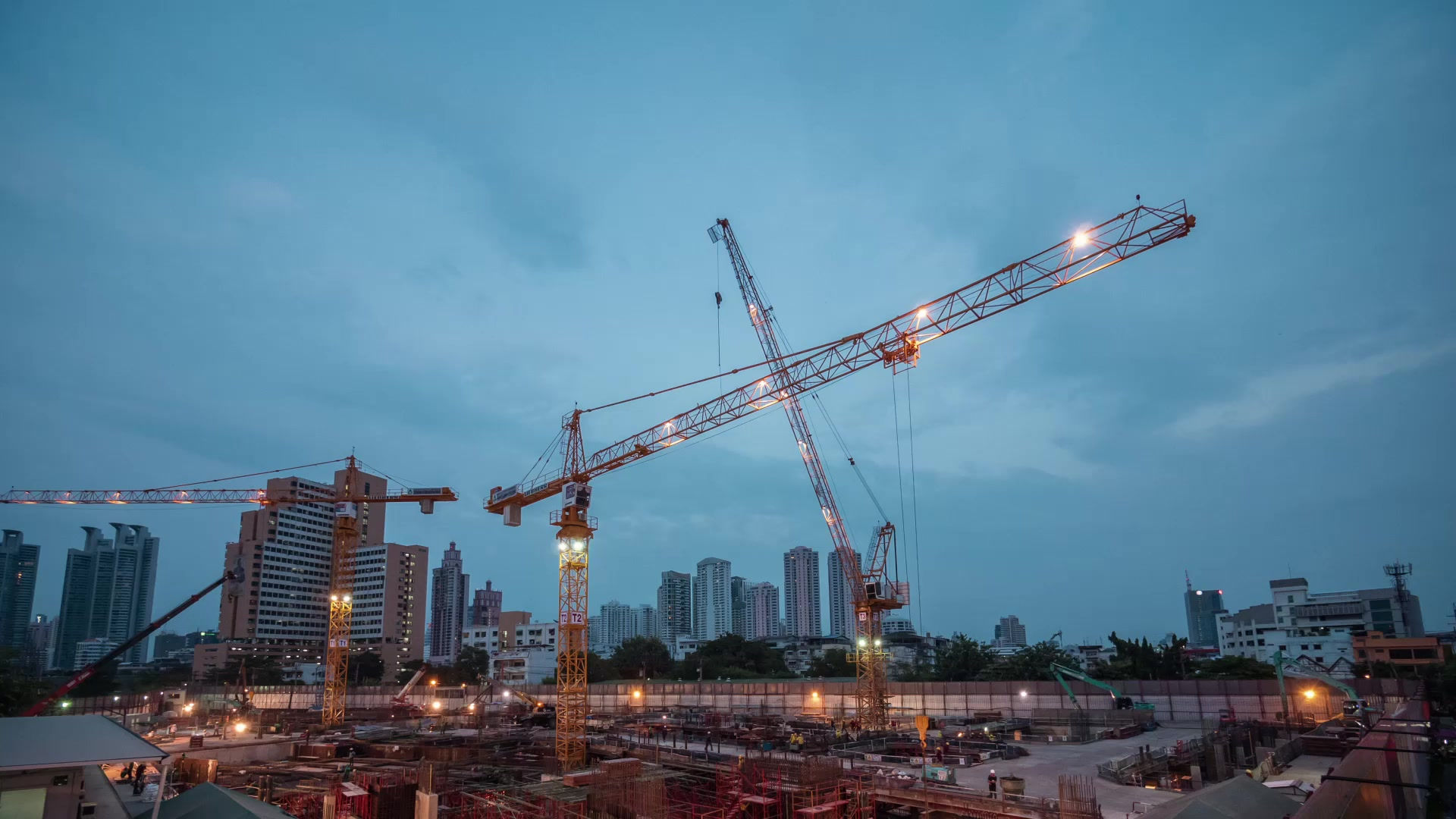Common Mistakes to Avoid When Selecting Industrial Pipe Fittings
- KPT Pipes
- Feb 26, 2024
- 2 min read

Industrial pipe fittings are crucial components in any piping system, responsible for connecting, controlling, and directing the flow of fluids or gases. While seemingly simple, selecting the right pipe fittings is paramount for ensuring the efficiency, safety, and longevity of the entire system. However, certain common mistakes can compromise these objectives if not addressed properly. In this article, we'll discuss some of these pitfalls and how to avoid them.
Neglecting Compatibility:
One of the most fundamental mistakes is overlooking compatibility between fittings and the pipes they are intended to connect. Factors such as material type, size, pressure rating, and temperature range must align with the requirements of the application. Failure to ensure compatibility can lead to leaks, corrosion, or even catastrophic failures.
Ignoring Environmental Factors:
Environmental conditions, including temperature fluctuations, corrosive substances, and exposure to elements, can significantly impact the performance and lifespan of pipe fittings. Failing to consider these factors during selection can result in premature deterioration, necessitating frequent repairs or replacements.
Overlooking Standards and Regulations:
Compliance with industry standards and regulations is essential for ensuring the safety and reliability of industrial piping systems. Ignoring or disregarding these standards can lead to legal liabilities, safety hazards, and operational disruptions. It's crucial to verify that the chosen fittings meet relevant standards and codes before installation.
Underestimating Quality:
Opting for low-quality or substandard fittings to cut costs might seem economical initially, but it often leads to more significant expenses in the long run. Inferior fittings are prone to premature failure, leaks, and inefficiencies, resulting in increased maintenance, downtime, and replacement costs. Investing in high-quality fittings from reputable manufacturers is a prudent decision that pays off in terms of performance and durability.
Incorrect Sizing:
Proper sizing of pipe fittings is critical for maintaining optimal flow rates and pressure levels within the system. Using fittings that are either too large or too small can lead to flow restrictions, pressure drops, and inefficiencies. Careful consideration of flow requirements and pipe dimensions is necessary to select appropriately sized fittings for the application.
Neglecting Proper Installation:
Even the best-quality fittings can underperform if not installed correctly. Improper installation techniques, such as inadequate tightening, improper alignment, or insufficient sealing, can compromise the integrity of the entire system. Following manufacturer recommendations and industry best practices during installation is essential for maximizing the effectiveness and longevity of pipe fittings.
Failure to Consider Future Needs:
Industrial facilities evolve over time, with changes in production processes, capacity requirements, and regulatory standards. Failing to anticipate future needs when selecting pipe fittings can result in compatibility issues, retrofitting challenges, and unnecessary expenses down the line. Choosing versatile fittings that allow for easy modification and expansion can help future-proof the piping system.
Conclusion
In conclusion, selecting the right industrial pipe fittings requires careful consideration of various factors, including Pipes Manufacturing Company in India compatibility, environmental conditions, standards compliance, quality, sizing, installation practices, and future needs. By avoiding common mistakes such as neglecting compatibility, ignoring environmental factors, overlooking standards, underestimating quality, incorrect sizing, improper installation, and failure to consider future needs, you can ensure the efficiency, safety, and longevity of your piping system. Investing time and effort into proper fitting selection upfront can save you significant costs and headaches in the long term.


Comments